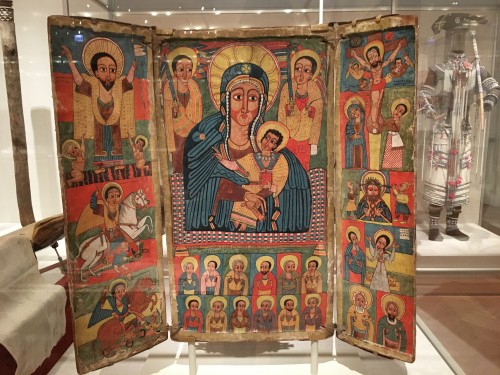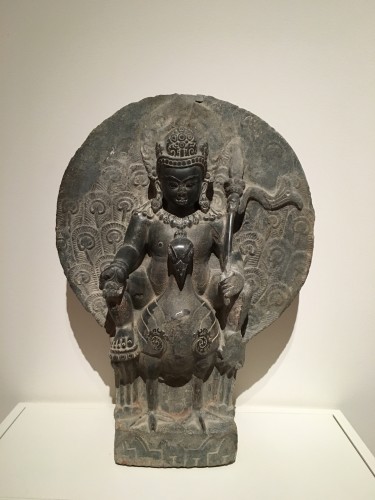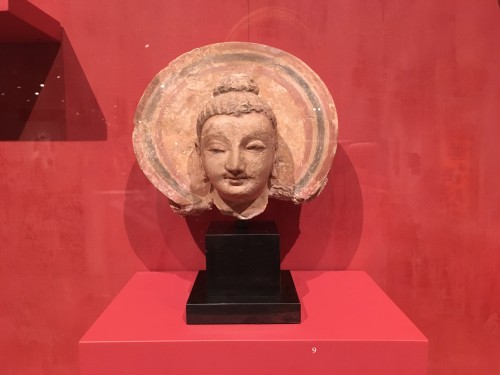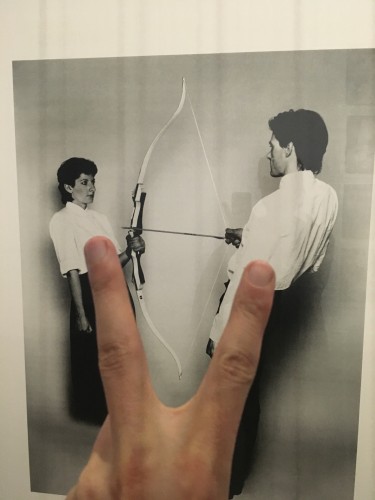
Looking at Art

I went to the Art Institute recently and re-remembered the importance of three-dimensional research. The importance of walking around and looking at things. For the work I’m doing right now, I wanted to know more about the cultural relationships we have to gold. Because most of the processes that accumulated these objects were characterized by the greed of the appropriating force—and because gold is the standard by which wealth is measured—a fair number of museum artifacts (paintings excluded) incorporate gold.

I was most drawn to the ways in which disks or rounded shapes are incorporated cross-culturally and depicted as gold—from haloes and earrings to other jewelry and adornments. I can’t help but wonder if these pieces reference the sun, and the old concept of a sun god.
I also payed a lot of attention to the way that gold pops in low light, and how triptychs that fold out have a religious connotation.

My visit also made me consider the impulse to create. The human urge to create something meaningful from raw materials is deep-seated. The biology of art, perhaps, takes us back to a time when we were primarily tool makers, evolving our concept of “art” in accordance with our own ability to create objects and things of beauty. Things that could captivate our imaginations.
I suppose this is still going on; however, being in a physical art space makes me wonder about how we experience art in a digital age.

I value the experience of being able to walk around and get ideas from the ways that other people are making things. It’s invigorating and important to remember to do, as it’s easy to get busy and focus entirely on your own work, rather than prioritizing examining the work of others.
